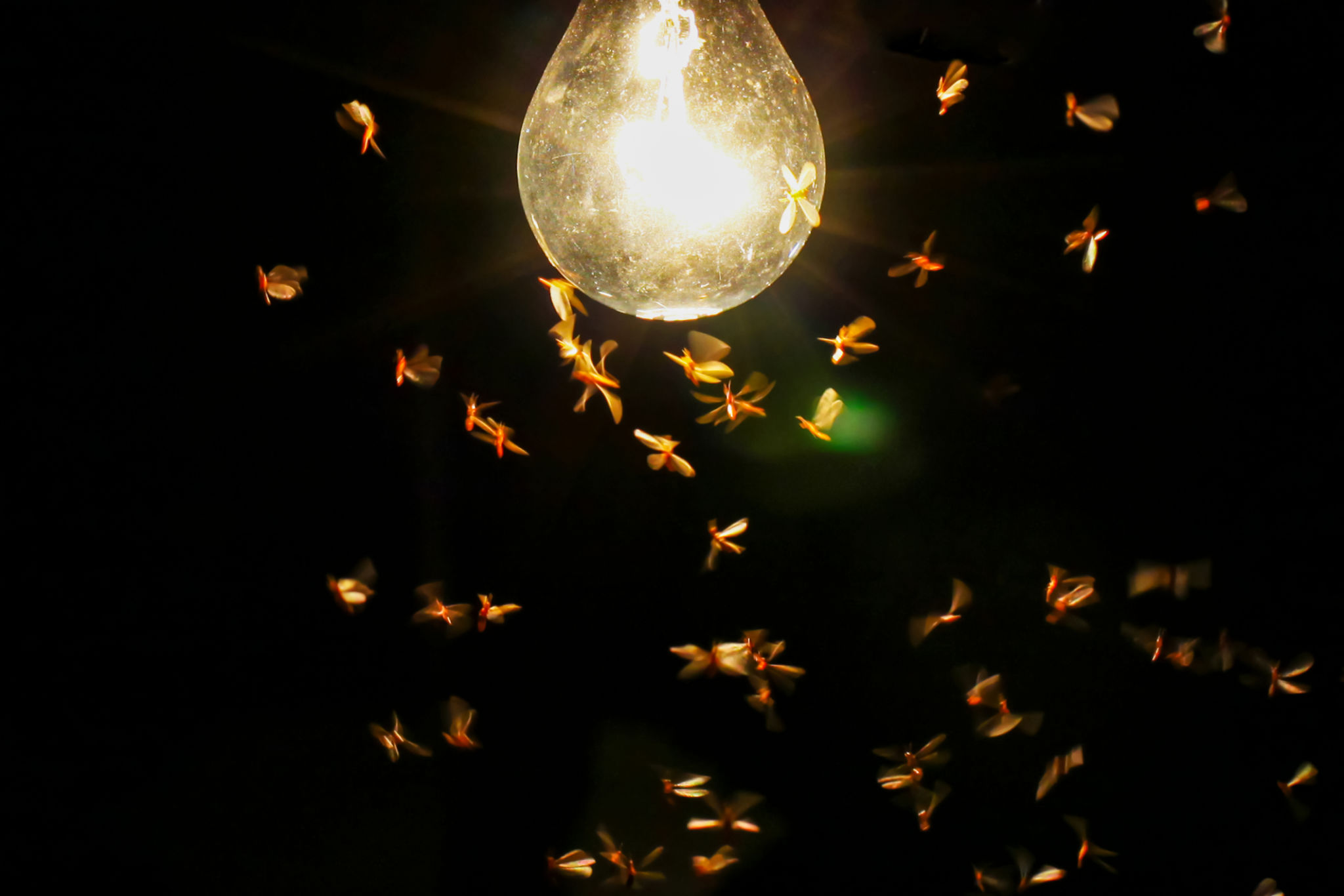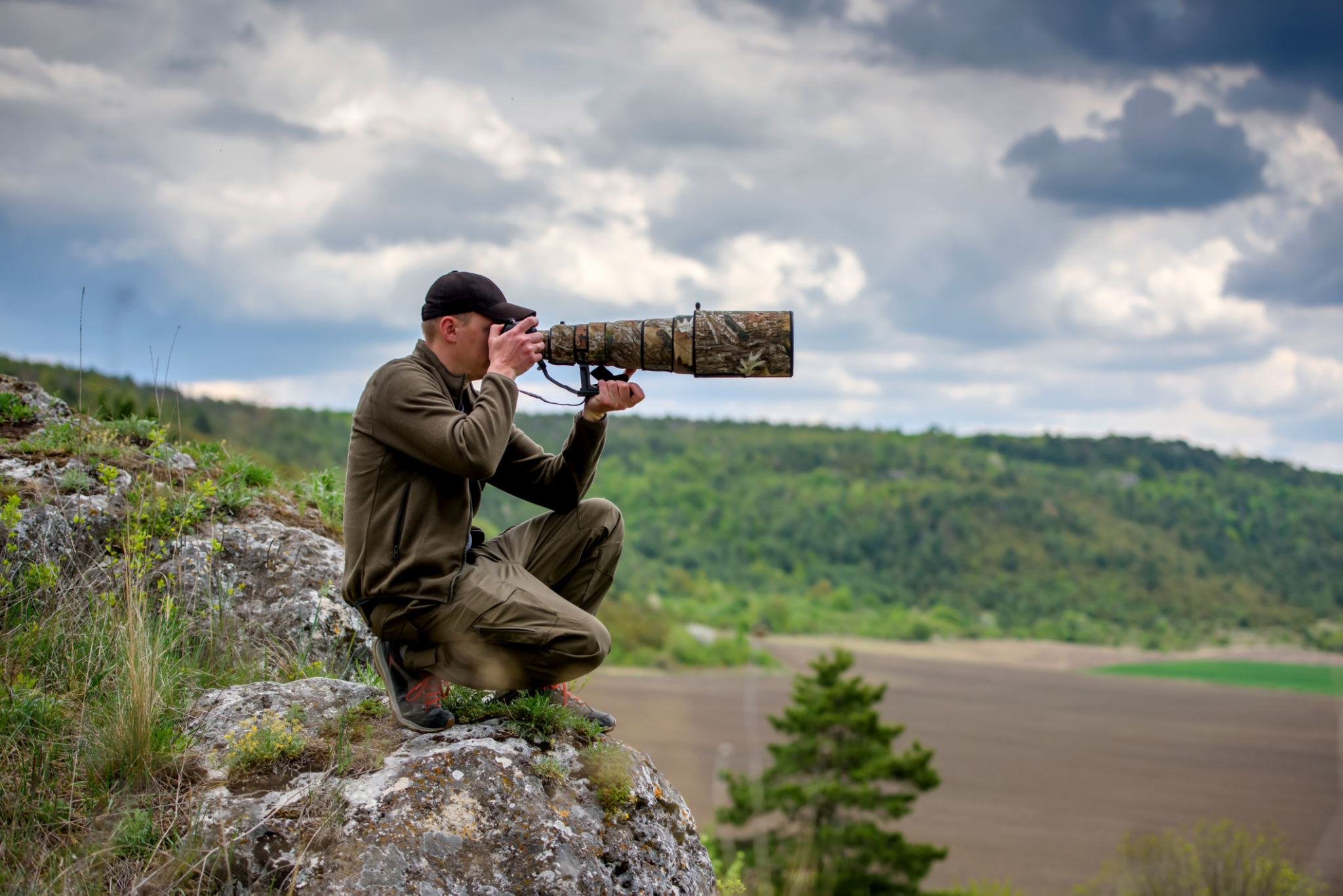Expert Tips for Capturing Stunning Wildlife Photos
Understanding Your Subject
Wildlife photography is a captivating art that requires both patience and skill. To capture stunning images, it’s crucial to understand the behavior and environment of your subjects. This knowledge not only helps in anticipating their movements but also in choosing the right time and place for your photoshoot. Spend time observing the animals, noting their routines and how they interact with their surroundings. This insight will be invaluable when you’re in the field with your camera.

Choosing the Right Equipment
Having the right equipment can make a significant difference in the quality of your wildlife photos. A DSLR or mirrorless camera with a fast shutter speed and high frames per second is ideal for capturing quick movements. Additionally, a telephoto lens is essential for photographing animals from a distance without disturbing them. Don’t forget to bring a sturdy tripod, especially if you’re using heavy lenses, to ensure stability and sharpness in your images.
Consider investing in high-quality binoculars as well, which can help you spot wildlife from afar before setting up your shot. Remember, being prepared with the right gear can often mean the difference between a good shot and a great one.
Mastering Light and Composition
Lighting and composition are key elements in any type of photography, but they are especially important in wildlife photography. The best times for capturing wildlife are usually during the golden hours—just after sunrise and just before sunset—when the light is soft and warm. This natural lighting can add depth and texture to your images, highlighting the beauty of the animals and their habitats.

Composing Your Shots
When it comes to composition, applying techniques such as the rule of thirds can help create visually appealing photos. Try to position your subject off-center to draw more interest. Additionally, pay attention to the background and foreground of your shots; these elements can add context and tell a story about the environment in which the animals live. Look for natural frames like branches or foliage to add depth to your images.
Patience and Persistence
Wildlife photography often involves long hours of waiting and watching. Patience is not just a virtue but a necessity. The best shots often come from those who are willing to wait for the perfect moment. Whether it’s waiting for an animal to emerge from its hiding place or capturing an action shot, persistence pays off.

Respecting Nature
One of the most important aspects of wildlife photography is respecting the animals and their natural habitats. Always maintain a safe distance and never disturb wildlife for the sake of a photograph. Use quiet shutter modes if possible, and avoid sudden movements that might startle your subjects. Remember, your goal is to capture their natural behavior without interference.
By following these expert tips and continuously practicing your skills, you’ll be well on your way to capturing stunning wildlife photos that not only showcase the beauty of nature but also tell compelling stories.